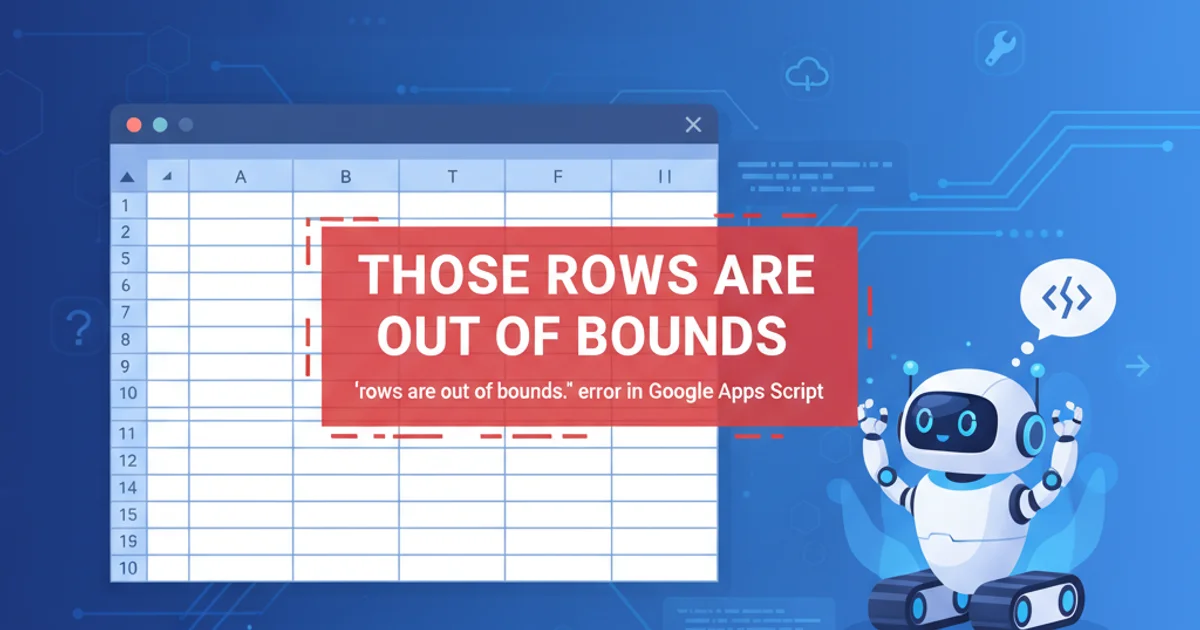Python: for loop inside print()
Categories:
Mastering Python's for Loop within print() Statements

Explore various techniques for embedding for loops directly inside Python's print() function to achieve concise and expressive output, from list comprehensions to generator expressions.
Python's print() function is incredibly versatile, and its ability to accept multiple arguments and keyword arguments like sep and end makes it powerful for formatting output. A common question arises when developers want to iterate and print elements on a single line or with specific formatting without explicitly writing a multi-line for loop. This article delves into how you can effectively use for loops, or more accurately, for loop-like constructs, directly within print() statements to achieve compact and readable code.
The Basics: Iterating and Printing
Before diving into advanced techniques, let's review the standard way to print elements from an iterable using a for loop. This typically involves a loop that iterates over each item and prints it, often resulting in each item on a new line by default.
my_list = [1, 2, 3, 4, 5]
# Standard for loop
for item in my_list:
print(item)
# Output:
# 1
# 2
# 3
# 4
# 5
A traditional for loop printing each item on a new line.
To print all items on a single line, you would typically modify the end parameter of the print() function.
my_list = [1, 2, 3, 4, 5]
# Standard for loop, printing on one line
for item in my_list:
print(item, end=' ')
print() # To add a final newline after the loop
# Output:
# 1 2 3 4 5
Using end=' ' to print items on a single line.
Concise Printing with List Comprehensions and * Operator
Python offers more concise ways to achieve similar results by leveraging list comprehensions or generator expressions combined with the * (unpacking) operator inside print(). This is often the most Pythonic way to 'loop' within a print() statement.
* operator unpacks an iterable (like a list or tuple) into individual arguments for a function. When used with print(), each unpacked element becomes a separate argument.my_list = [10, 20, 30, 40]
# Using a list comprehension and * operator
print(*[item for item in my_list])
# Output: 10 20 30 40
# Using a generator expression and * operator (more memory efficient)
print(*(item for item in my_list))
# Output: 10 20 30 40
# With custom separator
print(*(item for item in my_list), sep='-')
# Output: 10-20-30-40
Printing list elements using unpacking with list/generator comprehensions.
flowchart TD
A[Start]
B{Iterable (e.g., list)}
C[Generator Expression / List Comprehension]
D[Unpack Operator (*)]
E[print() function]
F[Formatted Output]
A --> B
B --> C
C --> D
D --> E
E --> FFlow of data when using a generator expression with the * operator in print().
Using str.join() for String Iterables
When dealing with iterables of strings, the str.join() method is an extremely efficient and readable way to concatenate them with a specified delimiter. This is particularly useful when you want to print a sequence of strings separated by spaces, commas, or any other character.
words = ['hello', 'world', 'python']
# Joining strings with a space
print(' '.join(words))
# Output: hello world python
# Joining strings with a comma and space
print(', '.join(words))
# Output: hello, world, python
# Joining with an empty string (concatenation)
print(''.join(words))
# Output: helloworldpython
Using str.join() for printing string iterables.
str.join() method only works with iterables where all elements are strings. If your iterable contains non-string types (e.g., numbers), you'll need to convert them to strings first, typically using a generator expression or list comprehension.numbers = [1, 2, 3, 4, 5]
# Incorrect: TypeError if not all strings
# print(' '.join(numbers))
# Correct: Convert numbers to strings first
print(' '.join(str(num) for num in numbers))
# Output: 1 2 3 4 5
Converting non-string elements to strings before using str.join().
When to Choose Which Method
The best method depends on your specific needs:
*operator with generator expression/list comprehension: Ideal for printing any type of iterable's elements separated by spaces (defaultsepforprint()) or a custom separator. It's generally more flexible for mixed types or when you need to apply transformations before printing.str.join(): The most efficient and Pythonic way to concatenate and print an iterable of strings with a custom delimiter. If your data is already strings or can be easily converted, this is often the clearest choice.- Traditional
forloop: Still necessary when you need to perform more complex operations within the loop body, print elements on separate lines, or have conditional printing logic that doesn't fit neatly into a comprehension.